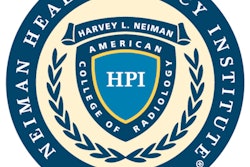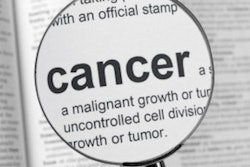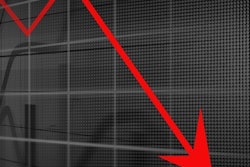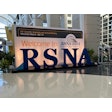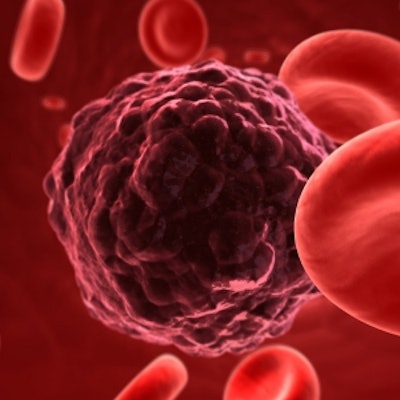
Advanced oncology imaging has been shifting to the academic setting over the past 12 years, but nearly two-thirds still occurs outside academia, a new study found.
The Harvey L. Neiman Health Policy Institute published a study in the Journal of the American College of Radiology (JACR) on July 5 that characterizes U.S. trends in oncology imaging utilization. The national Medicare sample included more than 5 million diagnostic imaging exams in 2004 and another 5 million in 2016.
The study is the first to use a national claims database to gather information on the different percentages of radiologist-performed oncology imaging at various care settings, according to the research team led by Dr. Hedvig Hricak, PhD, chair of the department radiology at Memorial Sloan Kettering Cancer Center. Major findings of the study were as follows:
| U.S. trends in oncology imaging, 2004-2016 | ||
| 2004 | 2016 | |
| Oncology's percentage of all imaging | 4.3% | 3.9% |
| Oncology's percentage of advanced imaging | 10.8% | 9.5% |
| Percent of advanced oncology imaging in academic practices | 18.8% | 34.1% |
What's more, in 2016, 58% of advanced oncology imaging was performed in the hospital outpatient setting and 23.9% in the physician office setting. In 2016, state-level oncologic advanced imaging utilization correlated with state-level radiologist supply, but not with state-level cancer prevalence.
"These findings indicate that strategies are warranted to disseminate oncologic imaging expertise throughout the radiology community," said Dr. Andrew Rosenkrantz, lead study author and professor as well as director of health policy in the department of radiology at NYU Grossman School of Medicine and a Neiman Institute senior affiliate research fellow. "They also highlight a need for stricter application of evidence-based cancer imaging guidelines nationwide."





